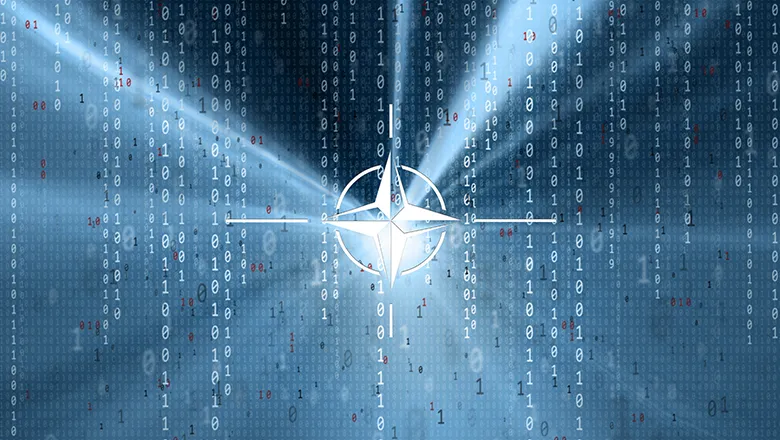04 April 2019
NATO must adapt to remain an effective deterrent
Armida van Rij
ARMIDA VAN RIJ: The alliance must ready itself for future warfare

As NATO celebrates its 70th anniversary this week, many are focused on the alliance’s internal challenges. Trust between two of its founding members, Germany and the US, is at a historic low; Turkey is proving to be an increasingly challenging member, as it turns to Iran and Russia for political support and weaponry; and spats over defence spending continue.
Yet there are also challenges driven by the external security environment, in the form of increased asymmetric warfare, the constant threat of violent extremism and terrorism, and concerns arising from cyber and other advanced technologies.
While NATO has had a strategy to counter hybrid warfare since 2015, and has been aware of the threats it poses long before that, its focus often remains on traditional deterrence, as was clear in 2018: for example, Exercise Trident Juncture, which took place in Norway, tested countries’ conventional capabilities rather than simulating a cyber attack. And earlier in the year, the NATO summit focused on military mobility and defence spending, at the expense of discussions about how it can harness the power of artificial intelligence.
NATO is well-equipped to cope with conventional warfare, and has been hugely successful in doing so in the past, as demonstrated by its operations in Bosnia and Kosovo in the 1990s. However, it is at present less well equipped to pre-empt and react to unconventional threats.
Concerns over Russian submarines hovering near telecommunications submarine cables in late 2017, and the worry that they may intercept sensitive data, or indeed cut the cables – which would represent a serious attack on the communications capabilities of NATO countries – exemplify such unconventional threats. So do more recent concerns over China’s influence in Europe through the building of new 5G networks.
Readying both NATO as an organisation and its individual member countries would help build bridges between members who have differing perceptions of certain threats. There is a gap in threat assessments between NATO’s Eastern members, who keep a wary eye on Russia, and its Southern members, who are more concerned about instability in the MENA region. As a result, the former tend to focus more on territorial defence and deterrence, and the latter on investments in sea, air and border security capabilities.
By preparing for and countering asymmetric warfare, NATO members can find common ground across these gaps in security threat assessments. For example, equipping states to effectively tackle mis- and disinformation in the fight against fundamentalist and far-right ideologies – a threat which concerns countries like France in particular – would also go some way to combating Russian propaganda campaigns, such as those carried out in Estonia and Latvia. Equally, building defences against cyber attacks on key infrastructure and developing offensive cyber capabilities will help deter attacks from states and state-sponsored cyber “mercenaries” around the world.
There is a real risk that NATO fails to adapt to future operating environments. The cost of inaction means potentially losing the impending battles over space, cyber, terrorism and AI – to the detriment of its member states. NATO is not obsolete – even Donald Trump agrees. But it must ready itself for future warfare – or else risk irrelevance.
Armida van Rij is a Research Associate at the Policy Institute, King's College London.
